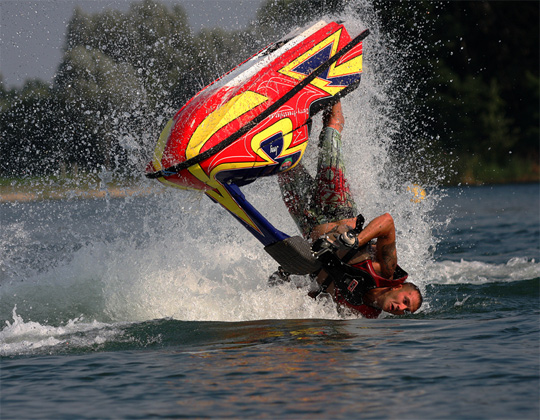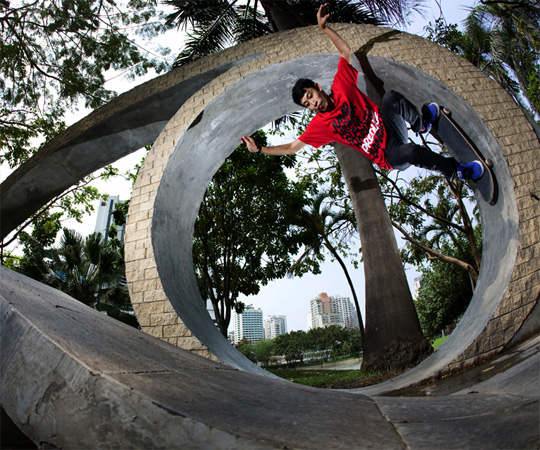The goal of this assignment is to get a better understanding of how to
control Depth of Field (DoF), or the area in your picture that is in focus. You will experiment with having a shallow DoF,
or selective focus, to having a large depth of field where everything may be in
focus. You will take 24 pictures
total. Be sure to be back 20-25 minutes before the end of class and upload your
contact sheet titled, DOF1.
BEFORE YOU TAKE
YOUR PICTURES:
- Set
your ISO to__________________. (Ask your teacher for correct setting)
- Check that your battery is
charged, and lens is clean.
- Zoom in completely with your
camera.
- Take pictures that have 3
‘objects’ in each image. One object
should be close to you (approximately 2-4’ away from the camera, the
second object should be a little further, and the third object can be very
far away from you.
- USE MANUAL FOCUS- DO
NOT CHANGE THE FOCUS ON YOUR LENS BETWEEN THESE SHOTS! Be carefull NOT to
move the camera, don't change focus between images, just aperture and
shutter speed.
SUBJECT
|
MODE:
|
PICTURES # AND APERTURE SETTING:
|
SHUTTER SPEED
|
#1
|
Manual (M)
|
1. Biggest Aperture (F5.6 or bigger)
2. Close down a few stops (F8)
3. Close down a few more stops (F11 or F16?)
4. Smallest Aperture (F22 or smaller)
|
Adjust EACH picture for correct exposure!
|
#2
|
Manual (M)
|
Pictures 5-8: Repeat from 1-4
|
Adjust EACH picture for correct exposure!
|
#3
|
Manual (M)
|
Pictures 9-12: Repeat from 1-4
|
Adjust EACH picture for correct exposure!
|
#4
|
Aperture Priority
(A)
|
Pictures 13-16: Repeat from 1-4
|
Camera will do
automatically
|
#5
|
Aperture
Priority (A)
|
Pictures 17-20: Repeat from 1-4
|
Camera will do
automatically
|
#6
|
Aperture
Priority (A)
|
Pictures 21-24: Repeat from 1-4
|
Camera will do
automatically
|
TIPS & SUGGESTIONS:
- Use your notes and handouts
from class.
- Check that you know how to:
- Change the Aperture (F-stops).
- Change the shutter speed.
- Change and use the Manual and
Aperture Priority modes.
- Meter your image to get the
correct exposure.
- Be
sure to focus before you take your picture
- Use a tripod. If you do not use a tripod, be aware
that you will likely have blurry pictures at shutter speeds slower than
1/30, so at least stabilize yourself by anchoring your arms.
- As always, compose your images carefully, and pick interesting subject
matter. People may be a good
subject for some of your images.
- Experiment with how
far away subjects are from your camera, as that effects DoF



